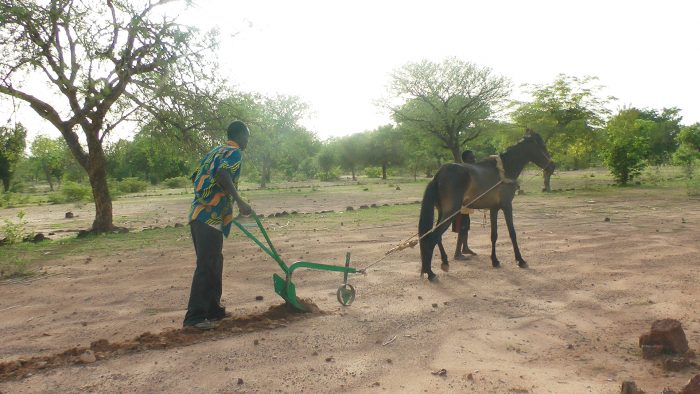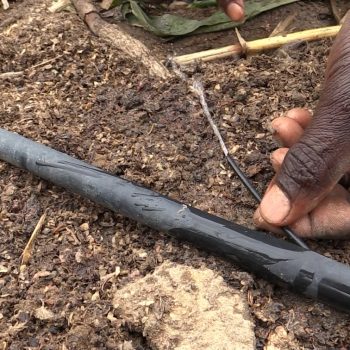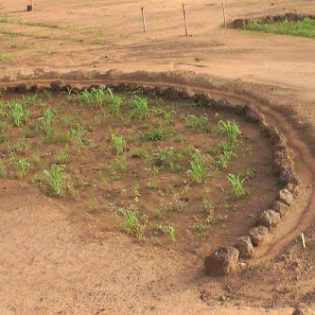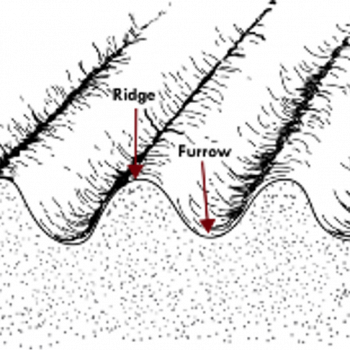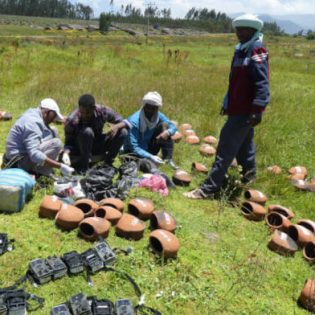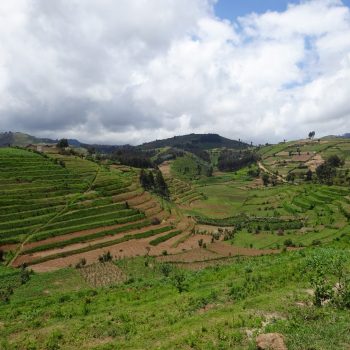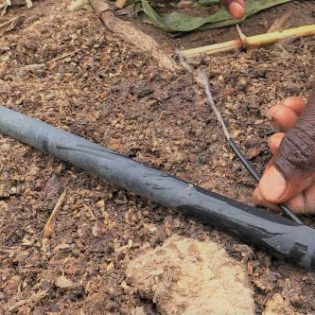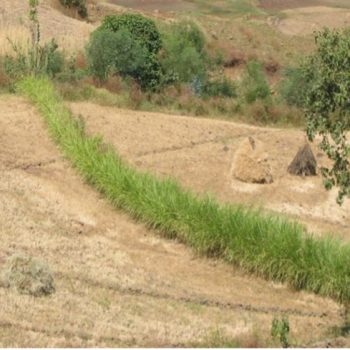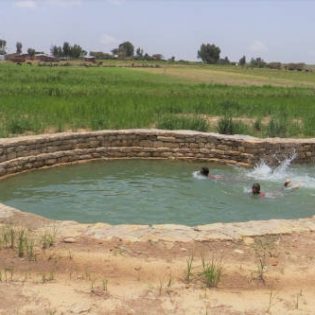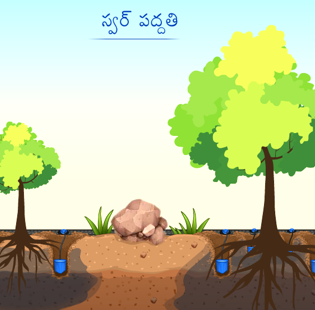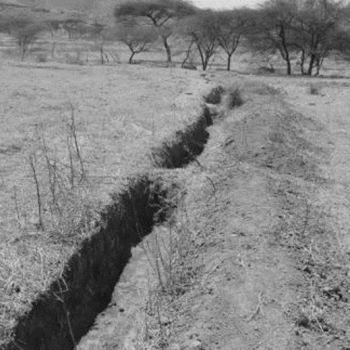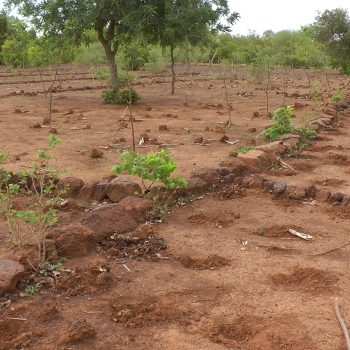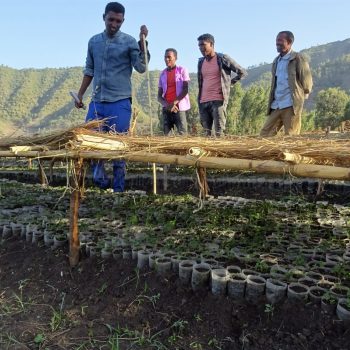| Tillage is the agricultural preparation of soil by handheld, or ox or tractor drawn agitation. This agitation can be described as shovelling, hoeing, and raking or as ploughing, disking and cultivating. Conservation (or zero) tillage systems aim to reduce the amount and frequency of soil agitation taking place with the purpose of managing and maintaining soil nutrients and moisture (reducing exposure to the air causing soil evaporation).
Zero tillage is the central element in what is now widely termed Conservation Agriculture (Landers, 2001) and refers to cultivation with little or no soil surface disturbance, the only disturbance being during planting (Busari et al., 2015). Zero tillage can not be seen as a standalone practice but goes hand in hand with direct seeding, besides many other practices such as leaving crop residues and crop rotation. Zero tillage and direct seeding have distinct advantages such as less soil compaction, more fertile and resilient soils, less soil moisture loss and ability to plant early (before the onset of rains). These advantages may improve crop yields (particularly in the long run) and reduce non-beneficial water loss from field. Zero tillage requires (ripping, sowing tools) these can come at high costs when aiming for large scale application, tractor drawn implements such as no till drill or no till planters. Various hand, oxen or bullock or 2-wheel tractor drawn implements have also been produced globally, examples are the Magoye Ripper (Zambia), Jab-planter or the original BARI/CIMMYT tined zero till seed drill. These specialised rippers and planters cut through the desiccated cover and residues accumulated on the soil surface, slotting seed (and fertilizer) into the soil with minimal disturbance. Major constraint to zero tillage practices are soil wetness problems (permeability, drainage and water logging) and imbalance in soil particles, i.e. poor soil aggregation. Also a shortage of mechanized options suitable for small holder farmers is creating an impediment to the adoption (Johansen et al., 2013) as markets are not well developed (sales, repair, spare parts). Finally, even though zero-tillage is commonly combined with leaving crop residues and crop rotation, weeds can still play up. Integrated weed management strategies are needed that can be combined with small-scale planters (Johansen et al., 2013). Separately for crops such as rice, separate propagation was common practice rather than directly seeding the crop. Whereas, zero tillage does not necessarily come into play, directly seeded (broadcast, drilling or dibbling), such as for rice requires less labour and the crop tends to mature faster than transplanted crops (Singh et al., 2008). Besides the fact that when dry seeding methane emissions – that account for 15-20% of human-induced emissions when growing paddy rice – can be avoided.
|
Additional information
| Agriculture | Irrigated, Rainfed (Crop) |
|---|
